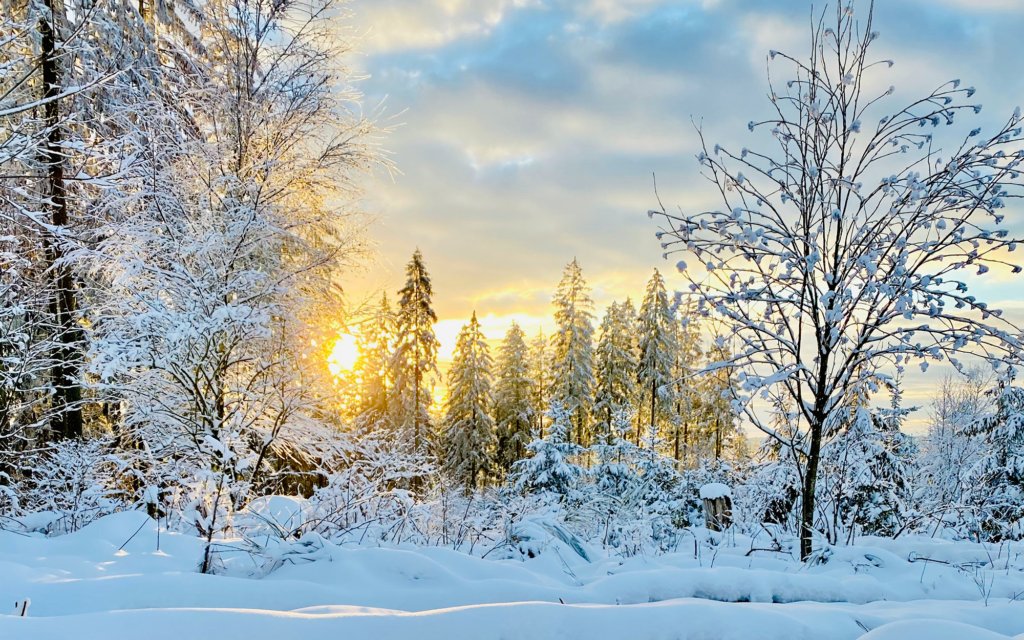Seasons
Key Notes:
Definition of Seasons

- Seasons are different times of the year with specific weather patterns.
Number of Seasons
- There are four main seasons: Spring, Summer, Fall (Autumn), and Winter.
Spring

- Weather becomes warmer.
- Flowers bloom, and trees grow new leaves.
- Animals become more active.
Summer

- The weather is hot.
- Days are longer, and nights are shorter.
- People enjoy outdoor activities like swimming.
Fall (Autumn)

- The weather becomes cooler.
- Leaves on trees turn red, orange, and yellow before falling off.
- Harvest time for many crops.
Winter

- The weather is cold, and in some places, it snows.
- Days are shorter, and nights are longer.
- People wear warm clothes like coats and scarves.
Changes in Nature
- Each season brings different changes to plants, animals, and the environment.
- Example: Birds migrate in fall and winter.
Activities in Each Season
- Spring: Planting flowers, flying kites.
- Summer: Going to the beach, eating ice cream.
- Fall: Raking leaves, celebrating Thanksgiving.
- Winter: Building snowmen, celebrating Christmas.
Learning Through Observation
- Encourage students to notice changes in the weather and nature around them to identify the season.
Importance of Seasons
- Seasons help farmers grow crops.
- They affect what we wear and the activities we do.

Let’s practice!

